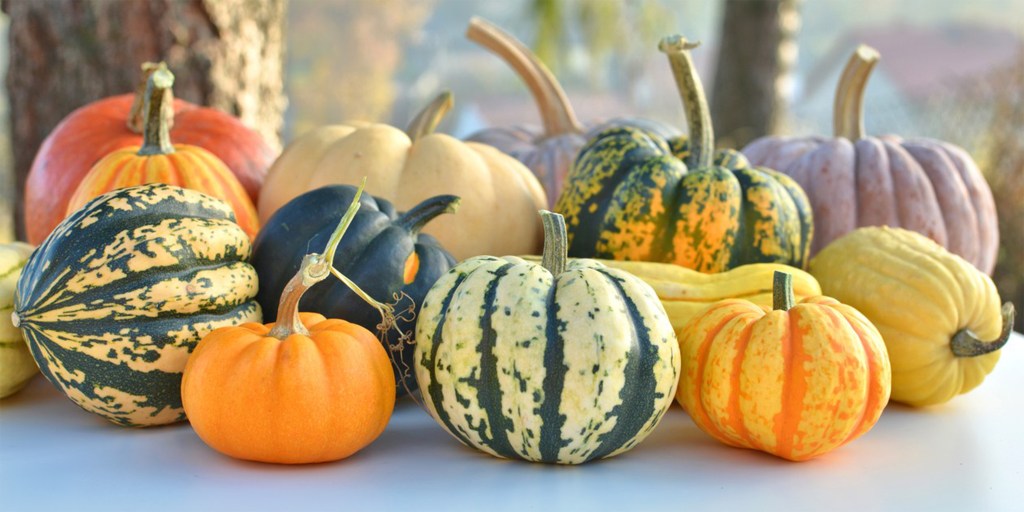ONE GARDENER TO ANOTHER: Winter squash is versatile and healthy
Published 6:45 am Monday, October 15, 2018

- Squash has a number of health benefits. Summer squash is an effective diuretic and its potassium content means it is beneficial for those who have high blood pressure.
It makes me sad to say goodbye to some summer vegetables in my garden, others not so much.
You would think it would be a good thing to have a plethora of veggies to be harvested. It would mean you did a good job. It may not be this way for everyone, but by the time my summer squash plants are ready to be pulled up, I am over them.
It isn’t that I don’t like zucchini and yellow squash varieties, it is the fact that I have so many of them. When there are obvious groans at the dinner table when one of them is served up as a side, you know that particular vegetable has overstayed its welcome. So, I bake it into bread, shred it, chop it and freeze it. It will be welcome again in a few months.
It is time for some winter squash. Although related, summer and winter squash have some obvious differences.
Summer squash has a tender skin, edible seeds and is best used in dishes where it is sliced or cooked down. Winter squash has a tough skin, fibrous flesh and large seeds. It is best suited for baking, stuffing or added to soups or stews.
The maturity time to harvest and yield are also very different. Summer squash can be harvested in about 35 to 50 days, whereas winter squash can take up to 120 days to mature. The average winter squash plant produces two to six fruits, but a single zucchini plant can produce up to 9 pounds, or approximately 45 medium-size zucchini.
Beside its culinary use, squash has a number of health benefits. Summer squash is an effective diuretic and its potassium content means it is beneficial for those who have high blood pressure. Pumpkin is also a diuretic, as well as a laxative, and like other winter squash contains high amounts of vitamin E, beta carotene and potassium. Because of its high water content, all squash are low in calories.
I have heard more than a few people say they have never cooked winter squash because they weren’t quite sure what to do with them. Here are a few common winter variety squash and their uses and flavors.
• Acorn squash is a small-to-medium-size squash that resembles a large acorn, hence the name. The orange flesh has a sweet flavor and the skin is edible. Its large seed cavity is perfect for stuffing.
• Butternut squash is a large pear-shaped squash with a golden skin and bright orange flesh. The skin of this squash is not edible and should be removed. It can be roasted, baked, mashed or added to soups or stews. It has a rich, sweet creamy flavor when cooked and makes a good substitute for pumpkin, or in some dishes, sweet potatoes.
• Spaghetti squash, as the name implies, has a flesh that when cooked pulls away from the rind in ribbons that resemble strands of spaghetti. It is a go-to substitute in vegetarian dishes and the seeds can be roasted like pumpkin seeds. It can be baked, steamed or even microwaved.
• Pumpkins are the most-recognizable squash and the one associated with Halloween and Thanksgiving. Smaller pumpkins have a sweeter, less fibrous flesh and are better suited for use in pies, casseroles and stews. “Sugar pie” pumpkins are considered the pie pumpkin, generally weighing under 10 pounds. When selecting a pumpkin, choose one that is heavy for its size. Those big guys in the supermarket are edible as well but the flesh can prove a little stringy. These pumpkins are best kept for making jack-o-lanterns, but the seeds are delicious when roasted.
Winter squash make for great decorations and delicious savory and sweet dishes.
Next week will be dedicated to recipes with winter squash as the star. Until then, happy gardening.





